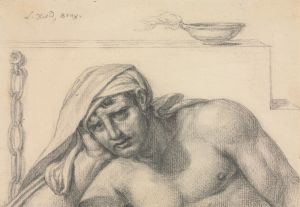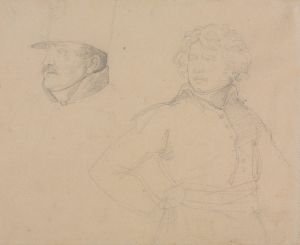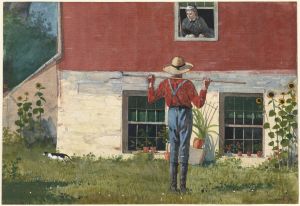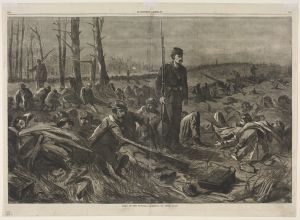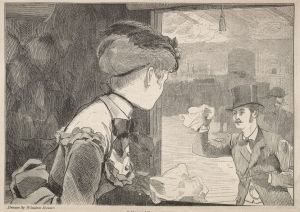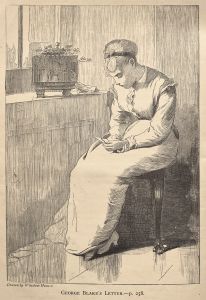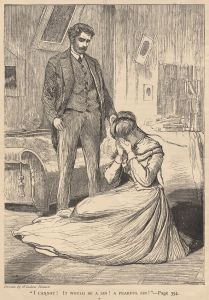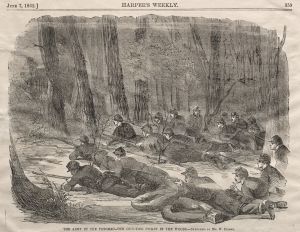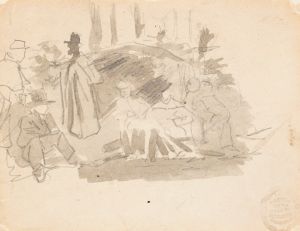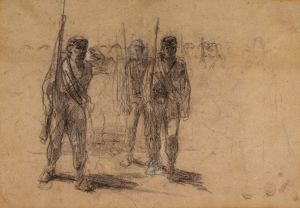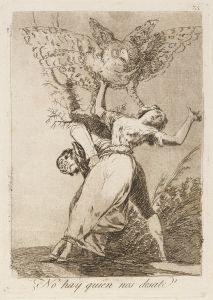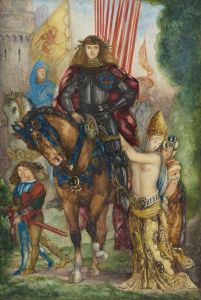
Prisoners from the Front
A hand-painted replica of Winslow Homer’s masterpiece Prisoners from the Front, meticulously crafted by professional artists to capture the true essence of the original. Each piece is created with museum-quality canvas and rare mineral pigments, carefully painted by experienced artists with delicate brushstrokes and rich, layered colors to perfectly recreate the texture of the original artwork. Unlike machine-printed reproductions, this hand-painted version brings the painting to life, infused with the artist’s emotions and skill in every stroke. Whether for personal collection or home decoration, it instantly elevates the artistic atmosphere of any space.
"Prisoners from the Front" is a significant painting by the American artist Winslow Homer, completed in 1866. This work is notable for its depiction of a scene from the American Civil War, a subject that Homer explored in several of his works. The painting is housed in the Metropolitan Museum of Art in New York City.
Winslow Homer, born in 1836, was an American landscape painter and printmaker, best known for his marine subjects. He began his career as a commercial illustrator and gained recognition for his work as a war correspondent during the Civil War, where he created sketches of battlefront scenes. These experiences greatly influenced his later paintings, including "Prisoners from the Front."
The painting captures a moment during the Civil War when Union Brigadier General Francis Channing Barlow confronts a group of Confederate prisoners. The scene is set in a barren landscape, emphasizing the desolation and harsh realities of war. General Barlow, depicted on the left, is shown in a confident stance, facing the Confederate soldiers who are positioned on the right. The prisoners, varying in age and demeanor, reflect a range of emotions from defiance to resignation.
Homer's composition is notable for its realism and attention to detail. The artist's use of light and shadow, as well as his careful rendering of the figures' expressions and postures, contribute to the painting's dramatic impact. The work is also significant for its historical accuracy, as Homer drew upon his firsthand experiences and observations from the war.
"Prisoners from the Front" was exhibited at the National Academy of Design in 1866, where it received critical acclaim. The painting was praised for its truthful representation of the war and its ability to convey the complex emotions of the subjects. It marked a turning point in Homer's career, establishing him as a leading figure in American art.
The painting's historical context is essential to understanding its significance. The Civil War, fought from 1861 to 1865, was a pivotal event in American history, resulting in the abolition of slavery and significant changes in the nation's social and political landscape. Homer's work captures the human aspect of this conflict, focusing on the individuals involved rather than the broader political implications.
In "Prisoners from the Front," Homer presents a nuanced portrayal of the war, avoiding glorification or condemnation of either side. Instead, he offers a balanced view that highlights the shared humanity of the Union and Confederate soldiers. This approach reflects Homer's broader artistic philosophy, which emphasized observation and empathy.
Today, "Prisoners from the Front" is regarded as one of Winslow Homer's masterpieces and an important work in the canon of American art. It continues to be studied and admired for its artistic merit and historical significance, offering insight into the complexities of the Civil War and the enduring power of art to capture human experiences.





